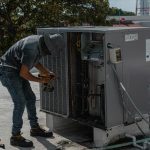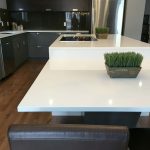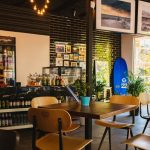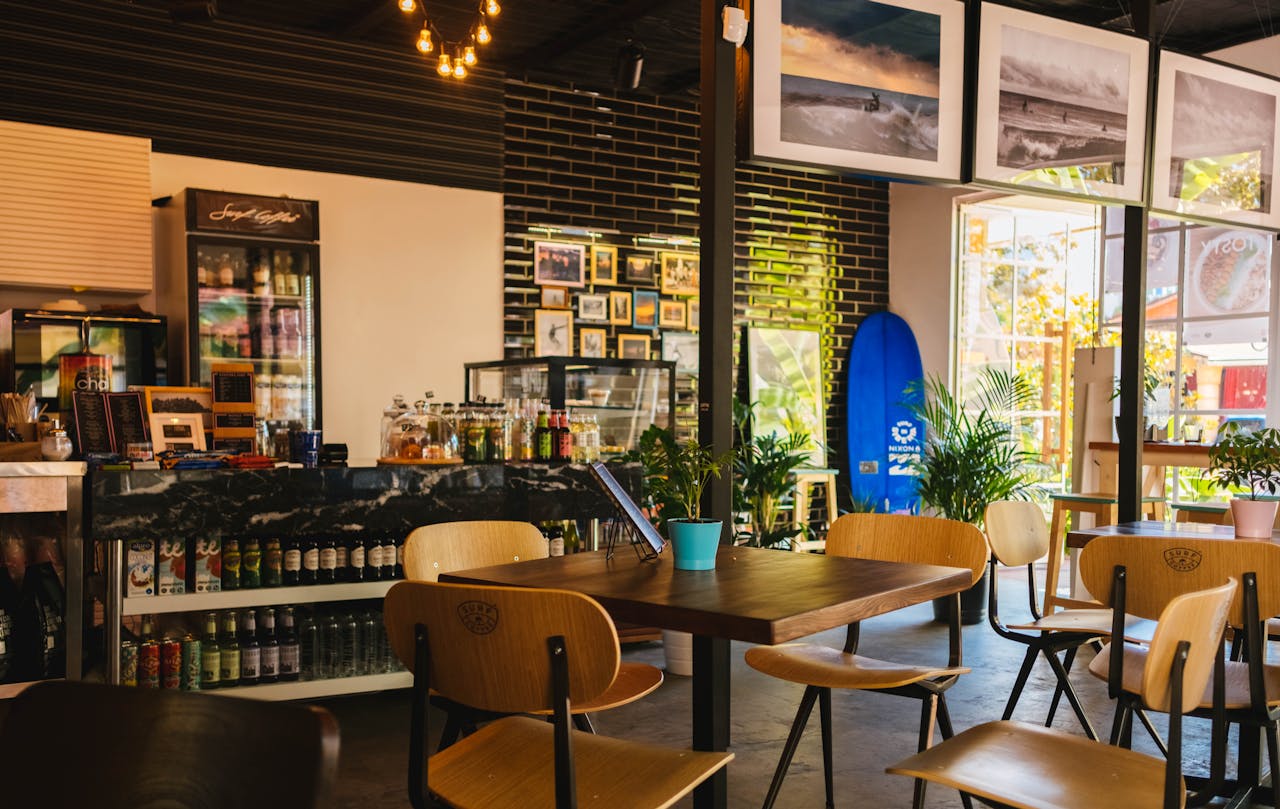Within the restaurant industry, the balancing act between maximizing table turnover and ensuring an enjoyable dining experience for customers is a delicate one. The dream is to be a bustling hub, with tables constantly filled and customers happily dining and leaving at a steady pace. However, rushing diners can lead to a poor experience, damaging your reputation and customer relationships. So, how can you maximize table turnover without making your guests feel rushed? There are several strategies that can help.
1. Staff Training and Efficient Service
It’s crucial to start at the heart of your operation: your staff. Their efficiency in delivering service can be a game-changer in managing table turnover.
In parallel : How do you develop a signature cocktail menu that reflects your bar’s identity?
Training your staff to be quick, efficient, and effective in their roles is essential. The faster they can take orders, deliver food and clear tables, the quicker you can seat new parties. However, this needs to be balanced with delivering high-quality service. The customers should never feel that they’re being rushed, even when the service is swift.
In addition, an efficient service doesn’t only depend on speed. Staff should be trained to read the customers and understand their dining intentions. Some guests will want a quick meal, while others will want to linger over their food. Being able to judge this will help in managing table turnover effectively, as staff can subtly adjust their service speed to match the guests’ pace.
This might interest you : What are the benefits of installing a high-efficiency HVAC system in a restaurant?
2. Effective Menu Design
The design of your menu can also play a significant role in managing table turnover time.
A well-designed menu will not only attract customers but can also help to streamline their decision-making process. If your customers spend less time deciding what to order, this can reduce the overall dining time, allowing you to seat more parties in the same time period.
You might consider highlighting popular dishes, providing clear and concise descriptions, and grouping items in a logical and easy-to-navigate manner. Additionally, offering a selection of dishes with quicker preparation times can help to expedite the dining process for those customers looking for a quicker meal, increasing your overall table turnover rate.
3. Reservation and Seating Management
Proper reservation and seating management can significantly impact your table turnover rate.
A good reservation system will prevent overbooking and reduce waiting times for guests. By managing reservations effectively, you can estimate the number of tables you will need at any given time, allowing you to plan your service and staff numbers accordingly.
Seating management is equally important. Allocating the right number of guests to a table can maximize your seating capacity without overcrowding. For example, avoid seating a party of two at a table meant for four, as this can waste valuable space.
4. Utilizing Technology
In this digital era, technology can be a powerful tool in managing table turnover without rushing diners.
From reservation apps to digital menus and payment systems, technology can streamline many aspects of the dining experience. For instance, digital menus can expedite the ordering process, while e-bills can reduce the time customers spend waiting for a printed check.
Additionally, restaurant management software can provide valuable insights into your service efficiency, customer patterns, and table usage. This data can help you identify bottlenecks, peak times, and areas for improvement, enabling you to make necessary adjustments to optimize table turnover.
5. Creating a Comfortable Environment
Finally, creating a comfortable and pleasant dining environment can help to manage your table turnover effectively.
An inviting ambience encourages customers to dine with you, while a comfortable setting can subtly encourage them to finish their meals in a timely manner. This is not about rushing diners, but about creating an environment where they naturally feel comfortable spending a certain amount of time. For example, a calming background music can subtly influence diners’ pace of eating.
Remember, your ultimate goal is not merely to turn tables quickly, but to provide a memorable dining experience that will keep your customers returning. By implementing these strategies, you can strike a balance between maximizing table turnover and ensuring a high level of customer satisfaction.
6. Implementing a Pre-Order System
A pre-order system can be an effective method to streamline your service and subsequently, boost your table turnover rates.
When customers have the option to pre-order their meals while making reservations, it drastically reduces the time taken from seating to serving. This not only quickens the dining process but also allows your kitchen staff to better manage their time and resources.
For walk-in customers, you can offer a digital pre-order system through a tablet or smartphone app. This can be particularly helpful during peak hours, reducing wait times and improving table turnover.
However, remember that customer service should always be your top priority. While a pre-order system can quicken the dining process, it should never compromise the quality of food or make your customers feel rushed. As such, it’s crucial to invest in a reliable system that allows customers to modify their orders even after they’ve been placed.
7. Streamlining Payment Processes
The payment process is another area where delays often occur, impacting your table turnover time. By streamlining this process, you can reduce the time customers spend waiting for the bill and making payment.
Firstly, training your staff to promptly prepare and present the check upon request can help. If customers have to wait a long time to receive their bill, it not only lengthens their dining time but also leaves a poor last impression.
Secondly, providing seamless digital payment options can be a game-changer. By allowing customers to pay via mobile apps or at-table card machines, you can expedite the payment process and free up the table quicker for the next party.
Remember, while streamlining the payment process is important, it should be done subtly and tactfully. The goal is not to rush customers out the door, but to provide a convenient and efficient way for them to conclude their dining experience.
Conclusion
Balancing the need to increase table turnover and providing an enjoyable dining experience can certainly be a challenge for any restaurant. However, it is a challenge that can be met through strategic planning and the use of innovative solutions.
Whether it’s investing in staff training, tweaking your menu design, improving your reservation and seating management, utilizing technology, creating a comfortable environment, implementing a pre-order system, or streamlining the payment process, each strategy can contribute significantly towards improving your table turnover time without compromising on customer satisfaction.
The key is to understand the individual needs of your customers and adapt your strategies accordingly. A one-size-fits-all approach often doesn’t work in the restaurant industry. By being intuitive and adaptive, you can provide a personalized dining experience that not only meets but exceeds your customers’ expectations. This, in turn, will help to increase your seat turnover rate, while also building loyal customer relationships.
Remember, the ultimate goal is to create memorable dining experiences that keep customers returning. With the right strategies in place, you can achieve this goal while also maximizing your restaurant’s operational efficiency and profitability.






